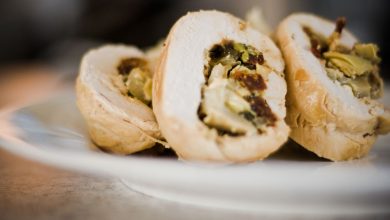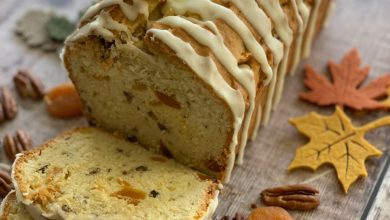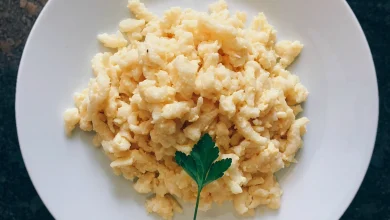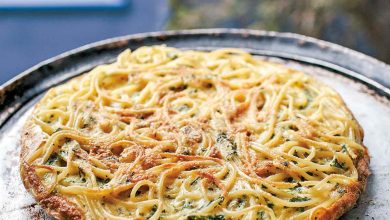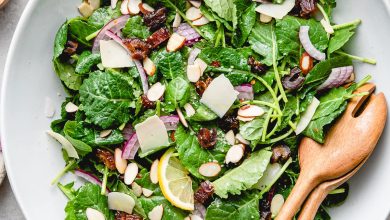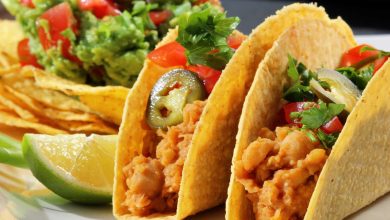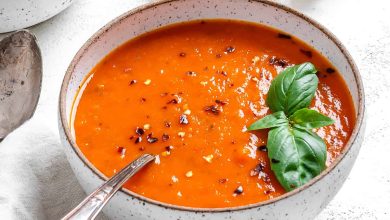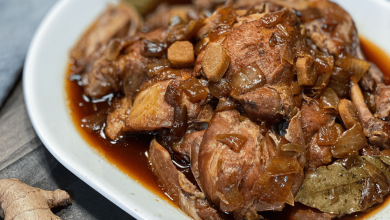Apricot Butter
🍑 Apricot Butter: A Delightful Spread 🍑
Apricot butter is a delightful and versatile fruit spread made from apricots. It boasts a rich history, simple components, and a straightforward preparation process. Here’s a detailed look at this delicious concoction:
History:
Apricot butter, like many fruit preserves, has ancient origins. Apricots are believed to have been cultivated in China over 4,000 years ago. From there, their popularity spread along the Silk Road, reaching Persia and the Mediterranean. The concept of making fruit butters likely originated in the Middle East, where fruits were slowly cooked to preserve them. Apricot butter, specifically, gained popularity in Europe during the Middle Ages.
Components:
- Apricots: The star ingredient, ripe apricots, are the heart and soul of apricot butter. They provide the flavor, sweetness, and vibrant color.
- Sugar: Sugar is added to enhance sweetness and act as a natural preservative. The amount of sugar can vary depending on personal preference.
- Lemon Juice: A splash of lemon juice not only brightens the flavor but also helps in preserving the apricot butter by increasing its acidity.
- Spices (Optional): Some recipes incorporate spices like cinnamon or vanilla to add depth and complexity to the flavor.
Preparation Steps:
-
Wash and Prep Apricots: Begin by washing, pitting, and chopping the apricots. You can peel them if desired, but it’s not necessary.
-
Cook the Apricots: Place the chopped apricots in a heavy-bottomed pot. Add sugar and lemon juice. If you’re using spices, add them now. Stir to combine.
-
Simmer: Over low to medium heat, simmer the mixture. Stir frequently to prevent sticking or burning. As the apricots soften, they’ll release their juices, creating a thick, fruity puree.
-
Mash or Blend: Depending on your preference, you can use a potato masher to achieve a chunky texture or blend the mixture with an immersion blender for a smoother consistency.
-
Thicken: Continue to cook until the mixture thickens to your liking. This can take anywhere from 30 minutes to an hour or more, depending on the quantity and desired thickness.
-
Test for Doneness: To check if the apricot butter is ready, place a small amount on a cold plate. If it holds its shape without excessive liquid, it’s done.
-
Sterilize Jars: While the apricot butter is cooking, sterilize glass jars and lids in boiling water or the oven.
-
Fill Jars: Carefully ladle the hot apricot butter into the sterilized jars, leaving a bit of space at the top. Seal the jars tightly.
-
Cool and Store: Allow the jars to cool at room temperature. As they cool, you may hear the lids “pop,” indicating a proper seal. Store the jars in a cool, dark place.
Time Needed:
The time required to prepare apricot butter can vary, but on average, it takes about 1.5 to 2 hours from start to finish. The key factors affecting the time include the quantity of apricots, the desired thickness of the butter, and your experience level.
Now, armed with this knowledge, you can embark on your apricot butter-making adventure! 🍑✨ Enjoy the sweet taste of history in a jar.
Certainly! Here are the nutrition facts and health information for apricot butter:
Nutrition Facts (per 1 tablespoon serving):
- Calories: Approximately 49 kcal
- Total Fat: 0.1 grams
- Sodium: 0.6 milligrams
- Total Carbohydrates: 12.6 grams
- Dietary Fiber: 0.7 grams
- Sugars: 10.9 grams
- Protein: 0.3 grams
- Vitamin A: Approximately 14% of the Daily Value (DV)
- Vitamin C: Approximately 2% DV
- Potassium: Approximately 2% DV
Health Information:
-
Low in Fat: Apricot butter is naturally low in fat, making it a healthier option than some other spreads.
-
Good Source of Vitamin A: Apricots are rich in beta-carotene, which your body converts into vitamin A. Vitamin A is essential for healthy skin, vision, and immune function.
-
Moderate in Calories: Apricot butter provides a moderate amount of calories per serving, making it a reasonable choice for those watching their calorie intake.
-
Fiber Content: While not exceptionally high in fiber, apricot butter does contain a small amount of dietary fiber, which can aid digestion.
-
Natural Sugars: The sweetness in apricot butter primarily comes from the natural sugars present in apricots. It doesn’t contain added sugars unless you choose to add them during the preparation.
-
Nutrient Variety: While not a significant source of many other vitamins and minerals, apricot butter can be a part of a balanced diet that includes a variety of nutrient-rich foods.
Note: The specific nutritional content may vary slightly based on the recipe and ingredients used. Additionally, the serving size can vary, so it’s essential to check the nutrition label if you’re using a store-bought version of apricot butter.
Apricot butter can be a tasty and nutritious addition to your diet when consumed in moderation. Enjoy it on toast, as a topping for yogurt, or as a filling for pastries! 🍑🥄

